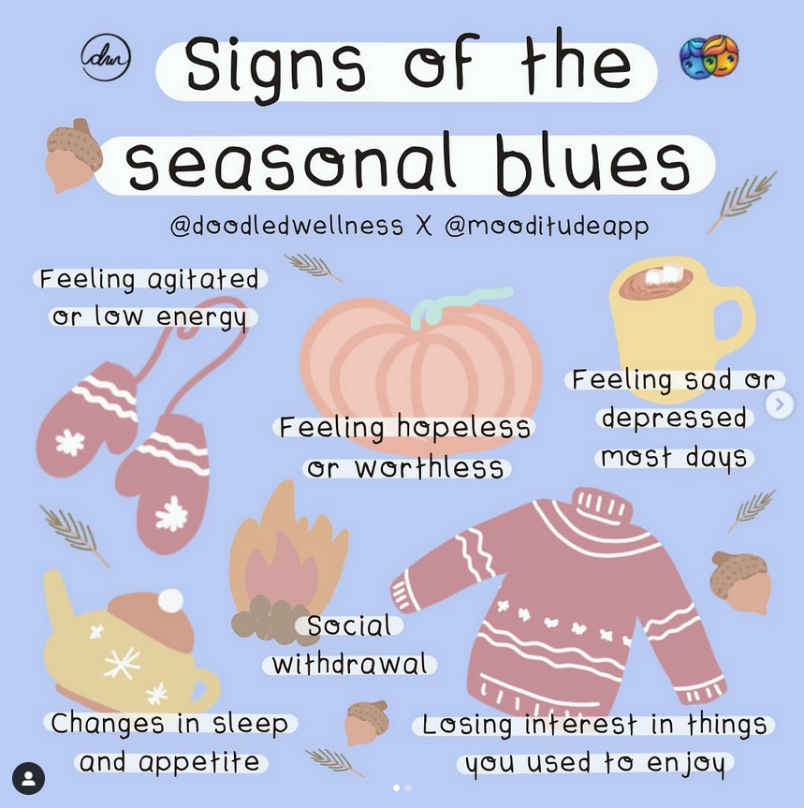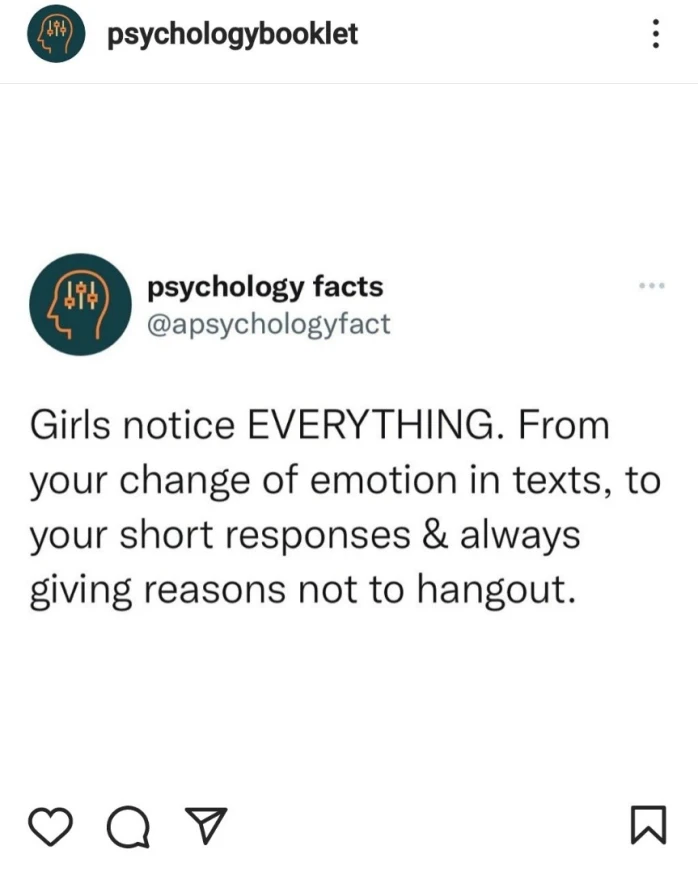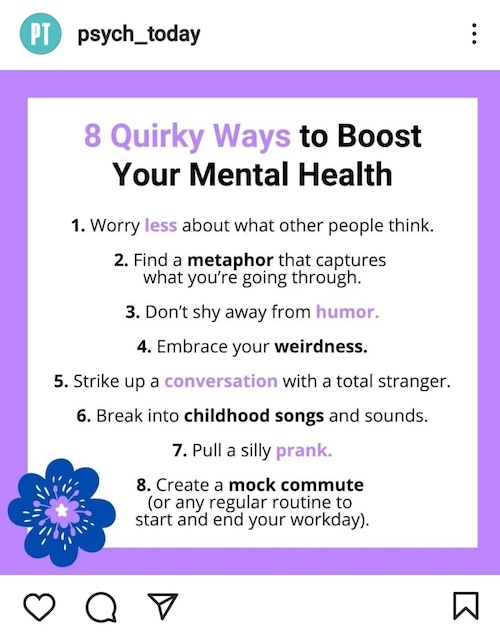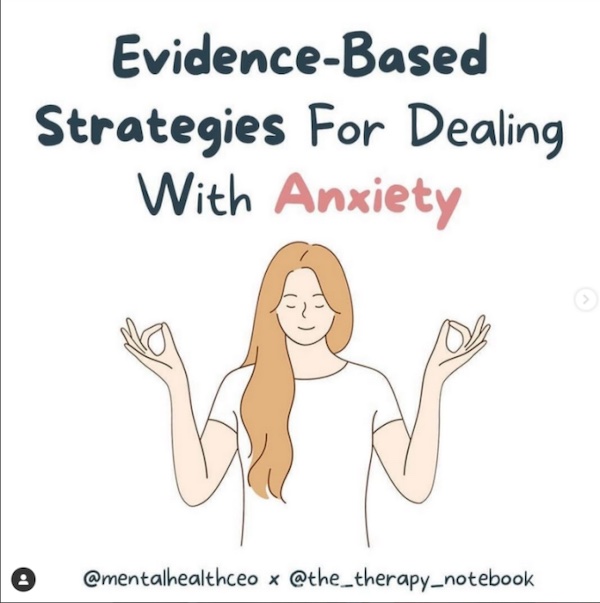Written By :
Category :
posted on :
Share This :

For many Instagram users, it has become commonplace to scroll through your feed and come across something like this:
Why are these on my feed?
You may have heard the term “algorithm” before, and if you’re confused about what this means for you as a social media user, then you are not alone. An algorithm is a mathematical expression that, in the context of social media platforms, is used to determine what content you are exposed to. In 2016, Instagram used a chronological algorithm which caused you to see content based on the order they were posted. This is no longer the case, as they have moved towards an algorithm similar to FaceBook. In an effort to demystify their process, Instagram reports on their website:
“We want to make the most of your time, and we believe that using technology to personalize your experience is the best way to do that. (Instagram.com)”
What does this mean?
- They want to make the most of your time: Their goal is to get you to continue scrolling so you can be exposed to the maximum number of ads so that this generates money for their sponsors.
- Personalization: To do this, they must understand who you are. They know your demographics, where you are, they know your desires, they know how long you look at something, and when your peak using times are. For example, if you spend more time engaging with content about ADHD, you’re going to be served with more memes, infographics, videos etc. about ADHD to keep you engaged.
Thus, social media users experiencing poor mental health are unconsciously sending signals to these algorithms that cue Instagram to customize their feed around their specific mental health challenges.
How do they know so much about my mental health?
Computer scientists have been researching behavioral and linguistic data from social media to the extent that social media is now able to predict mental health status (Chancellor & Choudhury, 2020). Specifically, Reece & Danforth (2017) showed that machine learning tools were able to successfully predict markers of depression in Instagram users’ behavior. Algorithms allow this to be done on a scale which was previously unattainable, and because of the speed at which data is collected, Instagram is able to capitalize on its users’ most vulnerable moments in real time.
With the millions of users’ data collected, evidence suggests that they even know what types of mental health challenges you’re struggling with- whether you’re a lonely twenty-something year old in an urban environment, if you’re single mother struggling with grief, or if you’re a teen struggling with anxiety about gender related issues.
On the surface, these algorithms produce personalized content that is designed to help people with similar backgrounds and experiences in an easily digestible way that may not ordinarily reach that person- but is it that simple?
Here are some things to consider:
1. Like giving a tool without teaching how and when to use it
Let’s say an infographic does spark interest or touch on something very deep and transformative in the social media user. This could be dangerous because a sudden collapse of a core belief or coping mechanism without proper support can lead to immense distress and self-destructive behaviors. This could make matters worse for someone, leading them to draw conclusions about certain relationships and misattribute behavior without engaging in the critical thinking skills that address the nuances inherent in their particular situation. Maybe it does show you how to do something, but there are prerequisites to being able to use it that you don’t know about. For example, a laundry list of coping mechanisms when you don’t know what your triggers are might cause you to experience feelings of failure, because you don’t understand when or why to use them. (See image #1).
2. May actually prevent people from seeking therapy
It’s important to remember that the platform these well-intentioned tidbits are found on is Instagram, which is scientifically designed to keep you engaged. Their goal is not necessarily to connect you to treatment. Their goal is to collect information and generate money. Naturally, this makes it difficult for users to critically analyze ideas presented from pop-psychology when there are forces put in place that urge us to keep scrolling.
3. Cookie cutter approach to the masses leads to self-diagnosing, confusion, and increased overwhelm
Users who come across this type of content might take its advice or use these skills when they’re not actually applicable to that person, and it could get them into more trouble. In the seasonal depression example (Image #3) provided below, a user might self-diagnose themselves with seasonal depression, whereas a trained clinician would have the tools to connect their symptoms to Bipolar II or PTSD and make appropriate treatment recommendations.
4. Psychobabble
In making common the use of therapy lingo without an understanding of what they mean causes confusion and over time, changes the original meaning of the word. For example, “self-care” is a word that means one thing in therapy, that has come to be misused and weaponized to get people to spend more money. Whereas in therapy, a patient might work with a clinician around self-care strategies that feel difficult for someone coping with a depressed mood (such as completing personal hygiene tasks). Companies have used this term to encourage people to splurge or “push the easy button,” which often is coded language for spending more money or participating in “retail-therapy”.

Image #3: Notice how this cute image supports the idea that if we just buy the right things (like a cozy sweater or a delicious cup of hot chocolate), we can achieve a quick fix for our seasonal depression.
5. Maybe this is one obvious- but the transmission of inaccurate information
If it’s found online, there is always the potential for the content to be flawed, oversimplistic, or downright false. It’s not always easy to tell where something originated from, who is spreading the information, or what their real intention is. Check out image #4, showing someone’s opinion formatted to look like a fact.
6. Healing is done within relationships
The advice or infographics do not appear to a person as part of a discussion, and thereby this information comes out of context. One type of relationship this may be done in is the therapeutic relationship. Trained therapists work very hard to build trusted relationships with their patients, and they know and understand that change must be slow and intentional if it is going to create a lasting and meaningful impact. In this way, therapists are very careful about the timing of when certain interventions or topics are approached. Mental health professionals spend years learning about their specialties whether it be trauma, race related stress, or eating disorders etc., and they can help guide you through tackling these issues while listening to your experiences and feedback.
There is no flashy quick fix for effective mental health treatment. It takes commitment, and oftentimes can require hard work from the patient.

Image #4
Like giving a tool without teaching how and when to use it
It’s important to remember that the platform these well-intentioned tidbits are found on is Instagram, which is scientifically designed to keep you engaged. Their goal is not necessarily to connect you to treatment. Their goal is to collect information and generate money. Naturally, this makes it difficult for users to critically analyze ideas presented from pop-psychology when there are forces put in place that urge us to keep scrolling.
Conclusion
As the author of Fool’s Paradise: The Unreal World of Pop Psychology writes, “pop psychology is designed to appeal, and it does” (Justman, 2005 ). Instagram and other social medias are woven into our daily life, and it is not likely that pop psychology will disappear anytime soon. If pop psychology content is going to be packaged into our social media diets, it’s important to remember that self-help is not a substitute for real, lasting support.
If you find yourself becoming attracted to pop-psychology content on Instagram- that’s okay! As you engage with this content, ask yourself:
*What led me to open Instagram just now? (Was I feeling lonely, bored, or anxious?)
*What draws me to this particular infographic? (Am I trying to understand myself better?)
*How does this graphic make me feel? (What am I hoping to feel from this graphic?)
If you’re viewing these images hoping to find support, you probably won’t find it on social media…but you can find it in therapy.
References
Chancellor, S. & Choudhury, M.D. (2020). Methods in predictive
techniques for mental health status on social media: A critical
review. NPJ digital medicine, 3, 43.
https://doi.org/10.1038/s41746-020-0233-7
Justman, S. (2005). Fool’s paradise: The unreal world of pop psychology.
Ivan R Dee.
Reece, A.G. & Danforth, C.M. (2017). Instagram photos reveal predictive markers of depression. EPJ Data Science

